Key takeaways
- Paranormal infotainment intertwines storytelling and history, fostering curiosity and connection while exploring themes of belief.
- The Winchester House exemplifies how ghost stories arise from blending real tragedies and local folklore, reflecting human emotions and history.
- Personal experiences in the Winchester House reveal how our perceptions may be influenced by the environment, creating a unique blend of fear and fascination.
- These narratives showcase how grief and emotional struggles can shape legends, highlighting the power of place to inspire imagination and shared human experiences.
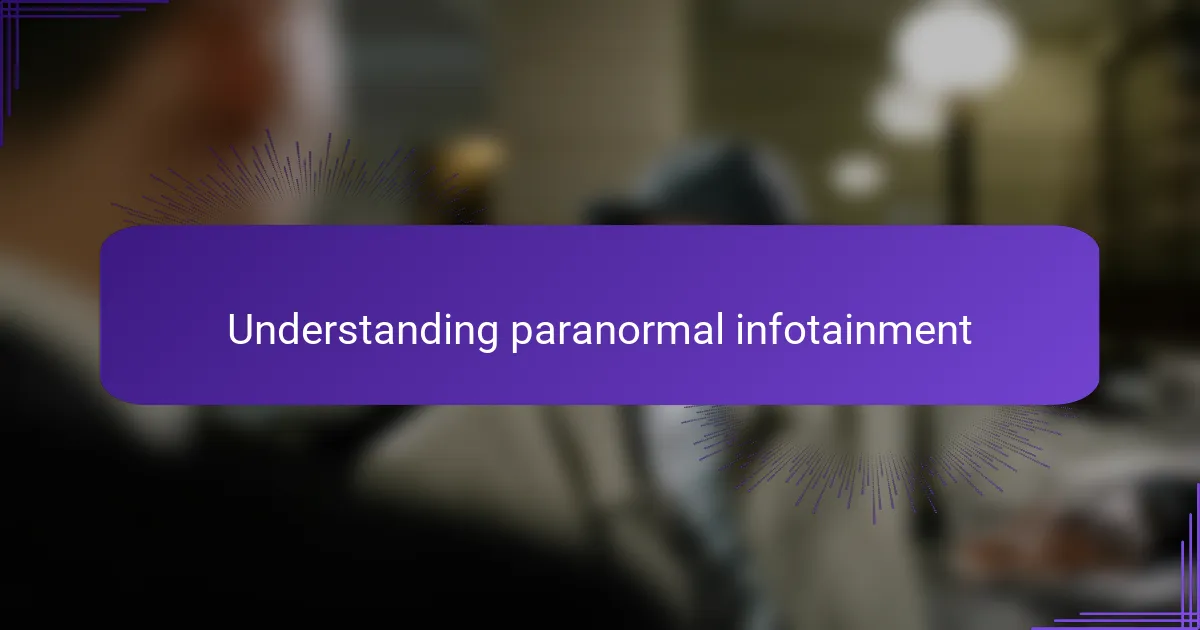
Understanding Paranormal Infotainment
Paranormal infotainment blends storytelling, history, and a touch of mystery to keep us intrigued. I often find myself wondering—what draws people to these tales? Is it the thrill of the unknown or the human desire to connect with something beyond our reality?
From my experience, these stories aren’t just about scares; they shape how we perceive places and characters. Sharing these narratives feels like a way to preserve history through an emotional lens, making the eerie feel strangely familiar.
Have you ever noticed how a good ghost story can spark imaginations and even bring people together? That’s the power of paranormal infotainment—it entertains while inviting us to explore the boundaries of belief and curiosity.
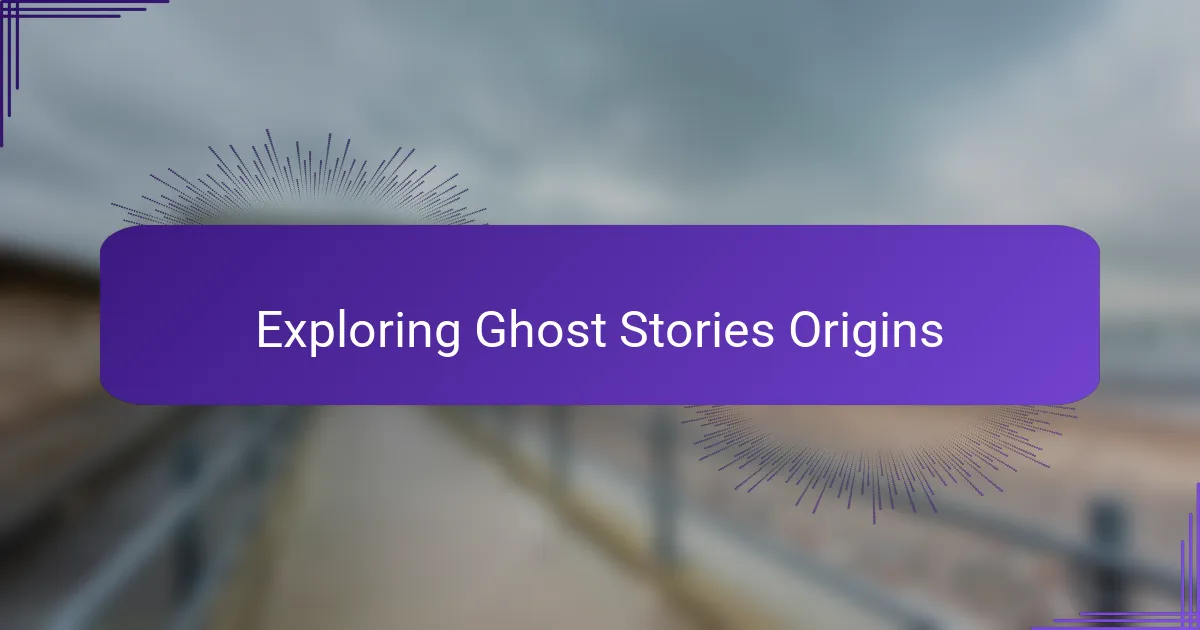
Exploring Ghost Stories Origins
When I first delved into the origins of ghost stories surrounding the Winchester House, I realized these tales often stem from a mix of historical events and local folklore. It’s fascinating how real-life tragedies or mysteries get woven into supernatural narratives, giving them a life of their own. Have you ever wondered why certain places become hotspots for ghost stories while others don’t?
In my experience, ghost stories often serve as a bridge between the past and present, helping us make sense of the unknown by attaching emotions and meaning to abandoned halls and creaky staircases. The Winchester House, with its labyrinthine design and tragic backstory, naturally invites such storytelling because it embodies confusion and unresolved grief.
Sometimes, I think these stories are less about spirits and more about our need to explain the inexplicable. When I visit places like the Winchester House, I catch myself asking—are these ghosts echoes of history or reflections of our own fears and hopes? That question keeps me coming back, eager to separate fact from folklore.
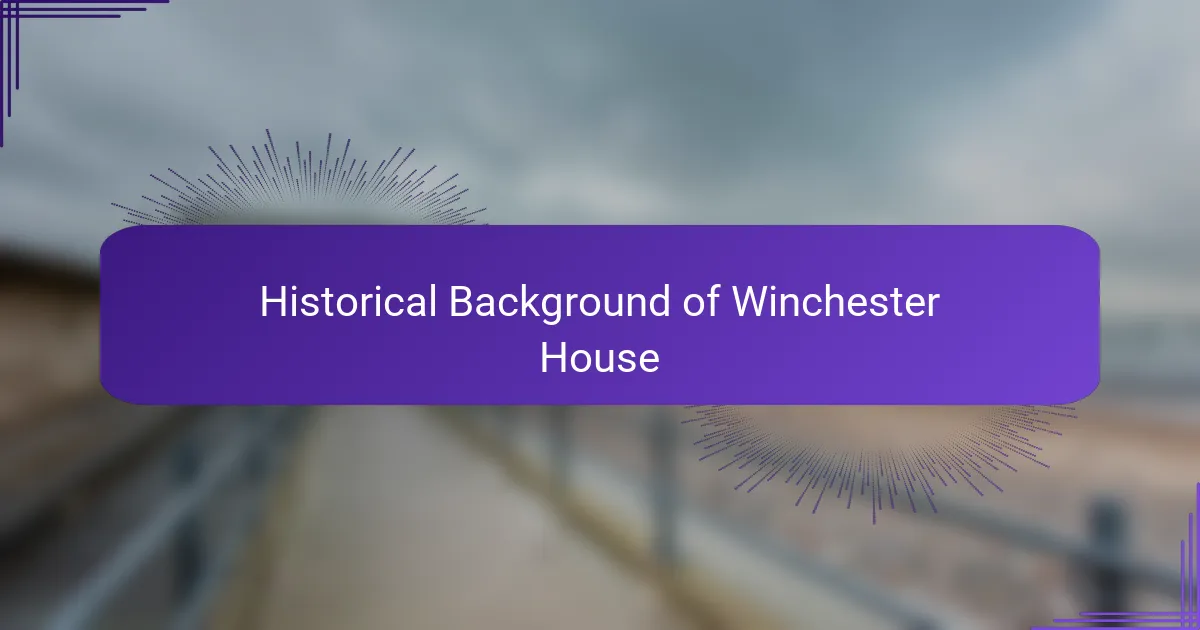
Historical Background of Winchester House
Sarah Winchester, widow of the rifle magnate William Wirt Winchester, inherited a vast fortune and an even more puzzling legacy when she moved to California in the late 19th century. I’ve often found myself intrigued by how she transformed a simple farmhouse into an architectural maze, allegedly to appease spirits linked to the Winchester rifle—what does that say about the weight of guilt and superstition in shaping history?
The construction began around 1884 and continued almost nonstop until her death in 1922. It’s astonishing to me how this continuous building frenzy created a house filled with stairways that go nowhere and doors that open into walls—was it a deliberate attempt to confuse ghosts, or just a manifestation of Sarah’s psychological state? I can’t help but wonder what it was like to live in such an ever-changing environment, both physically and emotionally.
Digging into the history, I realize that the Winchester House stands as more than just a quirky architectural oddity; it’s a reflection of one woman’s complex relationship with tragedy, wealth, and the supernatural. Have you thought about how much personal grief can influence the stories we tell and the places we create? For me, knowing this history adds layers to the ghostly tales, making them feel less like mere fiction and more like echoes of a deeply human experience.
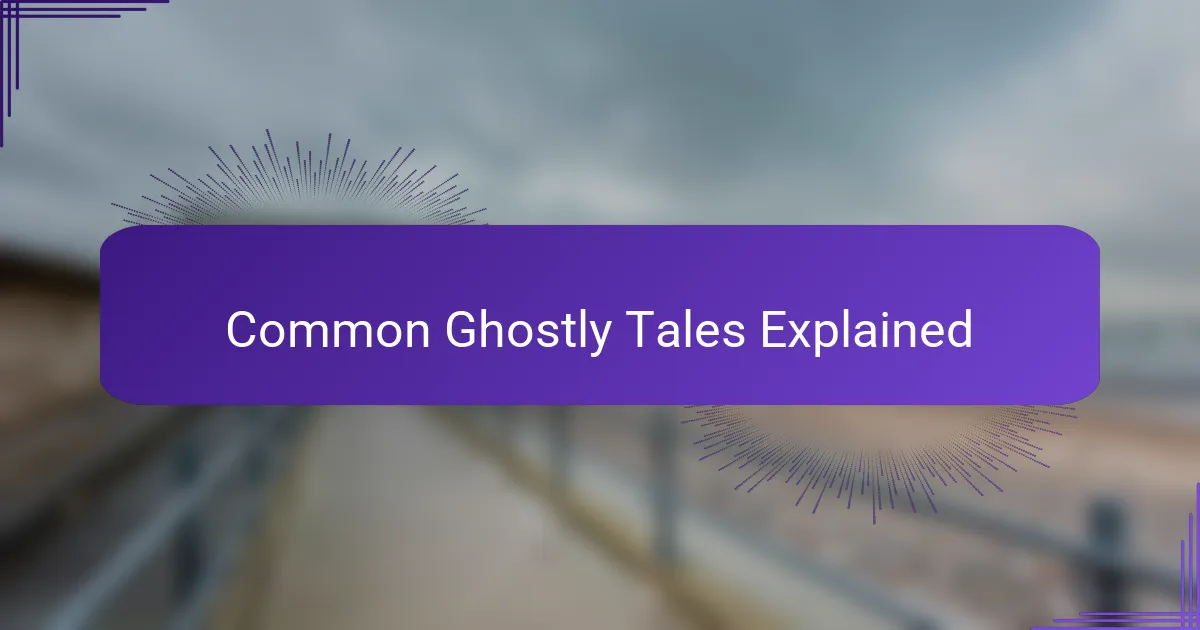
Common Ghostly Tales Explained
The most common ghostly tales about the Winchester House often center on restless spirits wandering its endless corridors. From my visits, I’ve noticed how these stories tend to emerge from the house’s confusing layout—stairways that lead nowhere naturally fuel imaginations about trapped souls. Isn’t it intriguing how architecture alone can inspire such vivid hauntings?
I remember hearing about footsteps echoing through empty rooms or sudden cold drafts brushing past visitors. These sensations, while spooky, seem to me more like the house’s way of reminding us it’s not ordinary. Could these experiences be less about ghosts and more about the power of suggestion in a place steeped in history and mystery?
What fascinates me most is how these ghost stories evolve over time. They mix facts, fears, and hopes into narratives that keep the Winchester House alive in our collective imagination. From my perspective, unpacking these tales means understanding human nature—our deep desire to find meaning, even in eerie silence.
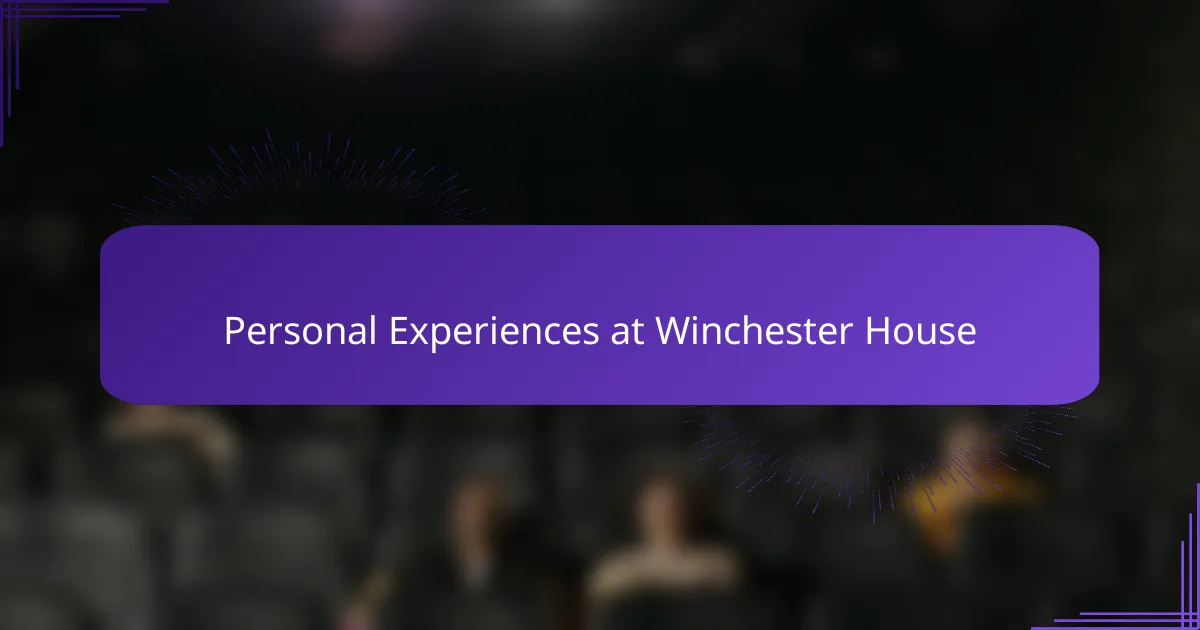
Personal Experiences at Winchester House
During my visit to the Winchester House, I couldn’t shake the feeling of unease as I wandered its twisting hallways. At one point, I heard what sounded like faint footsteps behind me, but when I turned around, there was nothing there—has anyone else ever felt like the house itself might be alive, watching? That moment stuck with me, blurring the line between history and something more mysterious.
I also experienced an unexpected chill in a room that was otherwise warm and bright, and it made me wonder—are these sensations truly paranormal, or just our minds reacting to the house’s eerie atmosphere? It’s moments like these that make visiting the Winchester House such a uniquely personal experience, where the stories feel as immediate as the creaking floorboards beneath your feet.
Reflecting on my time there, I realize the Winchester House doesn’t just haunt with ghosts but with emotions—a mix of sorrow, curiosity, and suspense that stays with you long after leaving. Have you ever left a place feeling like it whispered secrets you weren’t fully ready to hear? That’s exactly how the Winchester House lingered with me.
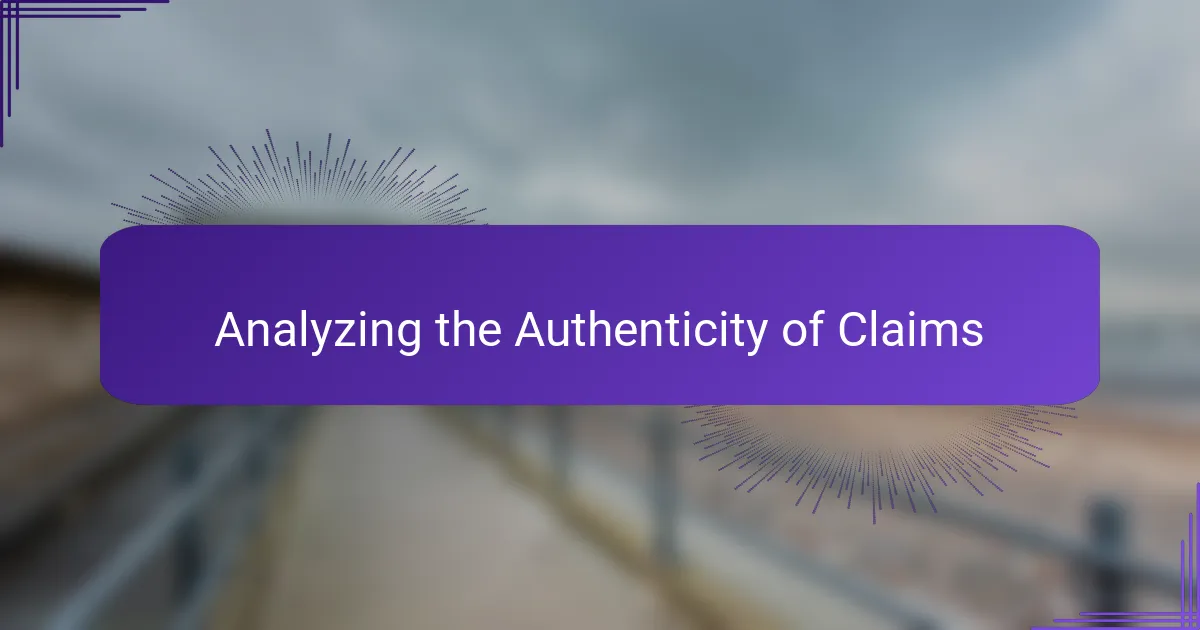
Analyzing the Authenticity of Claims
When I try to analyze the authenticity of the claims surrounding the Winchester House, I often find myself torn between skepticism and fascination. How much of the ghostly activity is genuinely supernatural, and how much is shaped by our expectations and the house’s eerie atmosphere? From my experience, the labyrinthine layout alone can easily create sensations that visitors interpret as paranormal.
I’ve noticed that many claims lack concrete evidence, relying instead on anecdotal reports and subjective experiences. This makes me question the reliability of such stories—are we witnessing spirits, or is it the human mind filling gaps with familiar patterns of fear and wonder? After all, the power of suggestion is strong in a place as mysterious as the Winchester House.
Still, I can’t deny that there’s something compelling about these tales, even if their authenticity remains unproven. For me, they reveal more about how we cope with grief and the unknown than about actual ghosts. Have you ever considered that the stories might serve as a mirror reflecting our own hopes and fears rather than literal hauntings? This perspective adds depth to the paranormal infotainment we so eagerly consume.
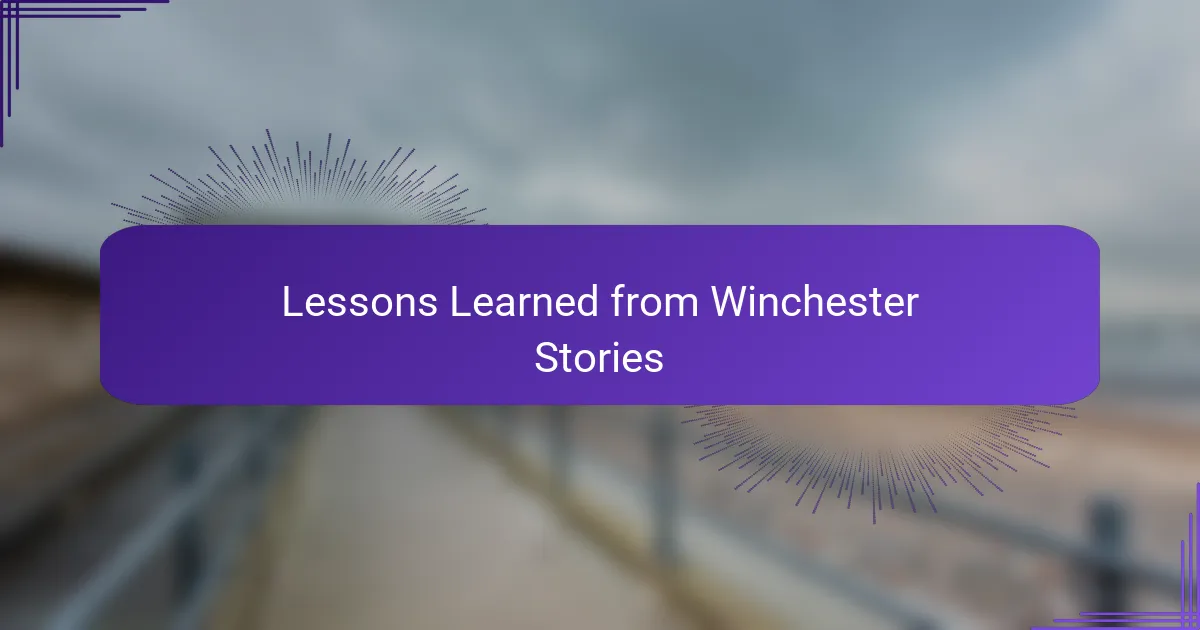
Lessons Learned from Winchester Stories
Reflecting on the Winchester stories, I see a clear lesson about how we clutch at narratives to give shape to uncertainty. Don’t you think it’s human nature to fill empty rooms—both literal and emotional—with stories that help us feel less alone in the face of unexplained events? The Winchester House shows me that these tales are as much about our inner worlds as they are about possible hauntings.
Another insight I’ve taken away is how grief can mold not just individuals but entire legends. Sarah Winchester’s relentless building strikes me as a physical manifestation of trying to outpace sorrow, which makes me wonder—how often do our actions, even the puzzling ones, stem from unseen emotional battles? It’s a reminder that behind every ghost story lies a real human experience waiting to be understood.
Finally, the stories teach me about the power of place to ignite imagination. When I walk through the Winchester House’s twisting passages, I realize that environments with mystery naturally invite us to project our fears and hopes onto them. Have you noticed how certain settings make your mind race with stories that feel both personal and universal? This, I believe, is the heartbeat of paranormal infotainment: it connects us through shared curiosity and a search for meaning.